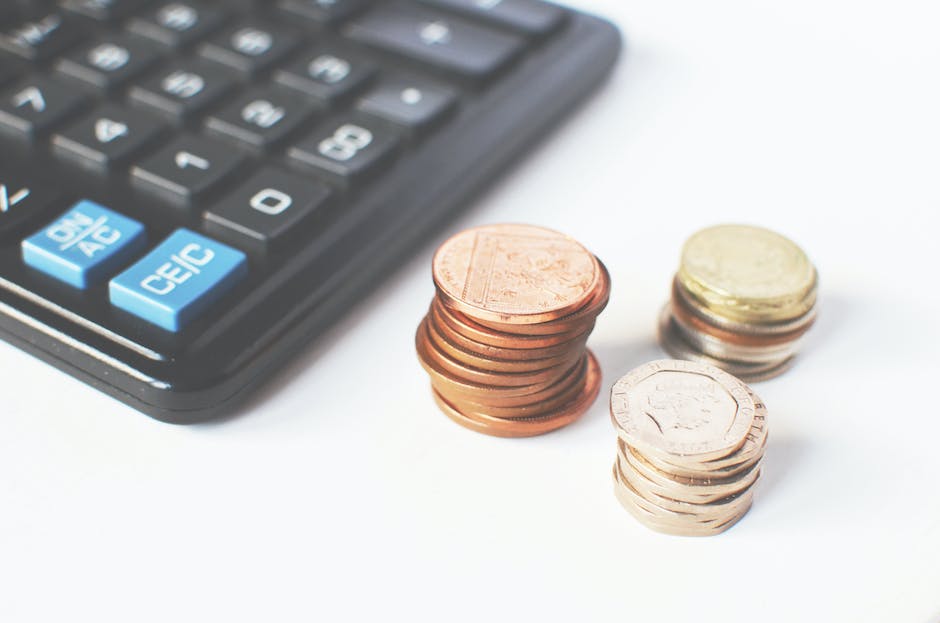In the evolving landscape of the gig economy, rideshare platforms like Lyft have emerged as popular income avenues. If you're considering driving for Lyft, you might be wondering: “How does Lyft pay?” It's essential to understand the company's pay structure to maximize your earnings as a Lyft driver.
Lyft's payment system is multifaceted, incorporating a blend of factors that contribute to a driver's total earnings. In this informative guide, we will explore the components of Lyft's pay structure in detail.
Understanding Lyft’s Pay Structure
Understanding the nuances of Lyft's pay structure is essential for drivers aiming to maximize their earnings. Let's take a deeper look at each of these components.
Base Pay: The Starting Point of Every Ride
The base pay is the fixed minimum amount a driver earns when they accept and complete a ride. It's akin to a "start fee" for every ride and does not depend on the distance or duration of the journey. The exact base pay amount can vary across different cities, reflecting the local cost of living and driving conditions.
Per-Mile and Per-Minute Rates: Pay as You Go
The per-mile and per-minute rates are two crucial factors that directly impact the driver's earnings from each ride. The per-mile rate accounts for the total distance covered from the start to the end of the ride. Simultaneously, the per-minute rate covers the total time spent from the moment the ride starts until it ends.
Rates per mile and per minute are determined by the local market conditions and can fluctuate based on factors such as the cost of living and the general demand for rides in a particular region.
Prime Time and Personal Power Zones: Boosting Earnings During Peak Demand
During periods of high demand, Lyft introduces Prime Time and Personal Power Zones to incentivize drivers. Prime Time is a surge pricing mechanism that multiplies the total ride fare during peak hours. These multipliers can significantly augment a driver's earnings during rush hours.
On the other hand, Personal Power Zones are specific high-demand areas highlighted in the driver's app. Rides that originate from these zones come with added bonuses, providing an earning boost to drivers who pick up passengers from these hotspots.
Ride Bonuses and Incentives: Rewarding Consistency and Performance
Lyft rewards its drivers' consistency and performance through various bonuses and incentives. The Ride Streak bonus is a reward for completing a series of rides without any break in between. These streaks usually have a defined start and end time, motivating drivers to stay active during these periods.
Power Driver bonuses are for drivers who complete a high number of rides within a week. These bonuses provide a sizeable addition to a driver's earnings, rewarding their commitment and hard work.
Tips and Cancellation Fees: Additional Avenues for Earnings
Lyft allows passengers to tip their drivers, and these tips are an important supplementary source of income. All tips go directly to the driver, without any deductions by Lyft. In addition to this, Lyft charges a cancellation fee if a rider cancels a ride after a certain period or if a driver has to cancel after waiting for the rider beyond a specified time limit. This cancellation fee is transferred to the driver as compensation for their time and effort.
Frequency of Lyft Payments: Understanding the Payout Schedule
In our quest to answer the question, “How does Lyft pay?” we must also check out other considerations. Lyft has put in place a flexible payment schedule to meet the diverse needs of its drivers. The platform processes payments once a week, typically on Wednesdays. This is the standard payout schedule, and it covers all the earnings from the previous week (Monday to Sunday).
Drivers can expect the funds to appear in their bank accounts within 1-3 business days, depending on their bank's processing time.
Express Pay: An Option for Immediate Payouts
Lyft understands that waiting for weekly payouts might not always be practical for its drivers. To cater to drivers needing immediate access to their earnings, Lyft offers an Express Pay feature. With Express Pay, drivers can cash out their earnings instantly, as long as they have made at least $5.50.
Once a driver initiates an Express Pay transfer, the funds are usually available in their bank account within a few hours. However, this can take slightly longer over weekends or bank holidays. A small fee is charged for each Express Pay transfer, but the convenience it offers makes it a popular choice among many Lyft drivers.
Lyft Direct: A Comprehensive Financial Solution
For further financial flexibility, Lyft offers a no-fee banking and debit card service known as Lyft Direct. Drivers with a Lyft Direct account have their earnings automatically deposited after each ride, making the funds immediately accessible. Additionally, Lyft Direct offers cash back on certain purchases and has no monthly fees, overdraft charges, or minimum balance requirements.
To summarize, Lyft's pay structure is designed to be as accommodating as possible to its drivers. By offering flexible payment schedules and instant access to earnings, Lyft ensures that drivers can maintain a steady cash flow, which is crucial in managing their day-to-day expenses and overall financial health.
Lyft's Pay Structure: Additional Considerations
While we've already covered the primary components of Lyft's pay structure, there are additional factors that may impact a Lyft driver's earnings. Let's dive into them for a more comprehensive understanding.
Cost Factor: Operation and Maintenance of Vehicle
Although not a direct part of Lyft's pay structure, the cost of operating and maintaining a vehicle is a significant factor that can impact a driver's net earnings. These costs include fuel, regular maintenance, repairs, insurance, and depreciation of the vehicle.
Drivers must account for these expenses when calculating their actual take-home pay. It's worth noting that some expenses related to driving for Lyft may be tax-deductible, which can help offset these costs.
Driver Rating: Impact on Potential Earnings
Lyft drivers are rated by passengers after each ride on a scale of 1 to 5 stars. Maintaining a high average rating is essential for drivers as it can affect the volume and quality of ride requests they receive. Drivers with higher ratings are more likely to get frequent ride requests and potentially more lucrative fares, as passengers often prefer drivers with high ratings.
Surge Pricing: An Opportunity to Earn More
Lyft's Prime Time pricing, which we touched on earlier, is essentially a type of surge pricing that comes into effect during periods of high demand. These periods often coincide with the typical morning and evening rush hours, popular events, or severe weather conditions. Drivers who strategically plan their schedules around these peak demand periods stand a chance to significantly boost their earnings.
Referral Bonuses: Incentivizing Expansion of Lyft Community
Lyft offers referral bonuses to its drivers as an incentive for expanding the Lyft community. If a referred individual signs up to drive with Lyft and completes a certain number of rides within a specific period, the referring driver receives a bonus. This program provides drivers with an additional income stream while contributing to the growth of the Lyft platform.
Through understanding these additional factors, Lyft drivers can better navigate the platform and implement strategies that can contribute to increased earnings. Remember, being a successful Lyft driver is not solely about knowing when and where to drive; it's also about understanding the complete pay structure and capitalizing on all available opportunities.
Frequently Asked Questions
1. What time does Lyft Prime Time typically occur?
Lyft Prime Time, which refers to the peak demand hours when fares may increase due to high demand, typically occurs during the morning and evening rush hours on weekdays, between 7:00 AM - 9:00 AM and 5:00 PM - 7:00 PM. However, this can vary based on factors like local events, weather conditions, and location.
2. How often does Lyft pay its drivers?
Lyft processes payments to drivers once a week, usually on Wednesdays. The funds reflect in the driver's bank account within 1-3 business days. For immediate payouts, drivers can use the Express Pay feature, which allows them to cash out instantly if they have earned a minimum of $5.50.
3. How can I increase my earnings as a Lyft driver?
To increase your earnings as a Lyft driver, consider driving during peak hours, maintaining a high driver rating, taking advantage of incentives and bonuses, and managing your operational costs effectively. Understanding your local market and adjusting your driving schedule accordingly can also help you maximize your earnings.
Conclusion
The key to maximizing your earnings as a Lyft driver lies in understanding and leveraging the various components of Lyft's comprehensive pay structure. The platform offers numerous avenues for drivers to increase their earnings beyond just base fares, including peak hour bonuses, incentives for consistent performance, and bonuses for expanding the Lyft community.
However, a strategic approach to driving, such as targeting high-demand areas and peak hours, maintaining a high driver rating, and keeping vehicle operational costs in check, is equally crucial. As a Lyft driver, your goal should be to strike a balance between maximizing your earnings and maintaining a sustainable driving routine.
Ready to maximize your Lyft earnings? Discover how you can score free rides when you sign up with Lyft!







